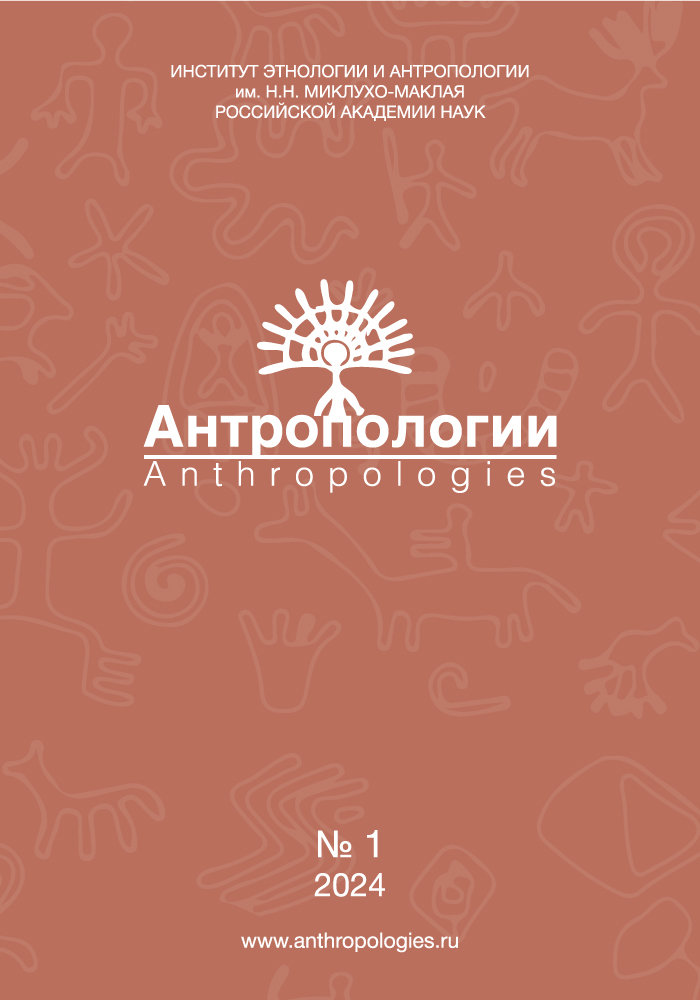Sacral landscape: narrative and symbolic representations in the mythogeography of the Sakha people
DOI:
https://doi.org/10.33876/2782-3423/2024-1/47-63Keywords:
landscape and culture, spatial representations, mastered space, wn and foreign, sacred landscapeAbstract
The article deals with semiotic and mythological interpretations of value-semantic meanings of natural objects and the construction of sacred landscape in the mythogeography of the Sakha people (Yakuts) within the framework of symbolic anthropology. The geocultural approach allowed us to reveal the original models of imagination of space, connected, first of all, with the idea of inclusion in the landscape structure not only of material artifacts, but also of spiritual culture phenomena, because, arranging the living space, people endow the surrounding space with symbolic meanings. Thus, the space is mastered both in utilitarian and symbolic contexts (according to V.L. Kagansky). Indeed, ethnic groups adapt to the natural environment, forming, as a rule, a complex system of spiritual ties with nature, which is peculiar to each region and is one of the important strategies of space development. According to this concept, it is the co-creation of man and nature that determined the formation of sacred landscape «ytyk sir».


